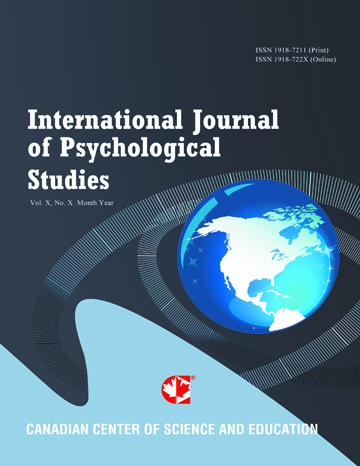Risk Assessment by British Children and Adults
- Michael Penkunas
- Richard Coss
- Susanne Shultz
Abstract
We present data illustrating how preschool-aged British children ranked the danger of different situations and adults rated various external causes of mortality. Ranks were calculated from 34 children’s ratings of dangers presented by eight scenarios using a three-dimensional diorama. Lion and hippopotamus figurines were presented to characterize historical threats with intentional agency. Children ranked the lion followed by the hippopotamus as presenting the greatest danger. When these ranks were pooled to reflect a general category of animal attacks, the children’s ranks failed to reflect the national statistics on childhood deaths. Adult ratings for the prevalence of 20 external causes of mortality in the general public were positively correlated with the actual frequency of mortality due to these causes. Nevertheless, adults were seen to underestimate their personal susceptibility to the same dangers. Children and adults differ in risk assessment based initially on early childhood predispositions, with experience altering risk assessment to match the local environment.
- Full Text:
 PDF
PDF
- DOI:10.5539/ijps.v6n3p32
Journal Metrics
1. Citations (March 2025): 10975
3. i10-index (March 2025): 233
For details about the Journal Metrics, please visit the Google Scholar website.
Index
- AcademicKeys
- CNKI Scholar
- Elektronische Zeitschriftenbibliothek (EZB)
- Excellence in Research for Australia (ERA)
- GETIT@YALE (Yale University Library)
- Harvard Library E-Journals
- JournalSeek
- JournalTOCs
- LOCKSS
- MIAR
- Open Access Journals Search Engine(OAJSE)
- Open J-Gate
- PKP Open Archives Harvester
- SHERPA/RoMEO
- Standard Periodical Directory
- The Keepers Registry
- UCR Library
- Ulrich's
- Universe Digital Library
- WorldCat
Contact
- Barbara SunEditorial Assistant
- ijps@ccsenet.org
